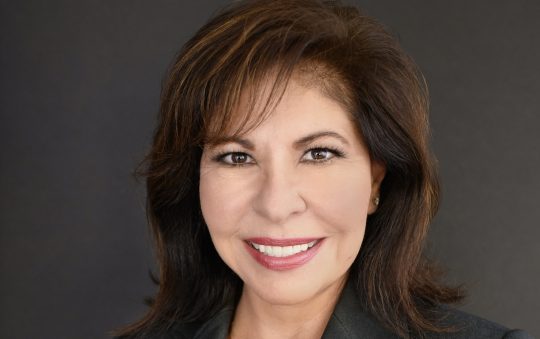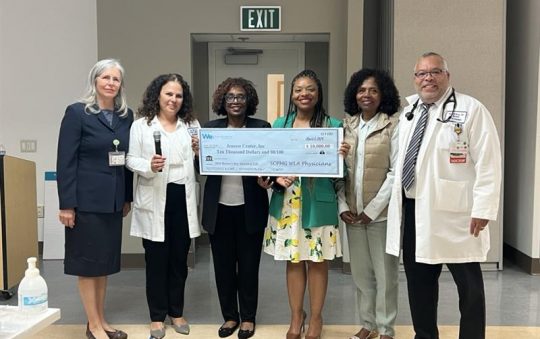
Recently I received a call and was asked if I knew someone who wanted to join the team of some of the best and brightest people working on a research project in the area of HIV/AIDS. The project was entitled, “Healing Our Heart, Mind and Body”. It’s not too often to be presented with an opportunity to work with both friends and people you admire. So, when Dr. Gail Wyatt asked if I knew of a person, in particular a man, that wanted to work on this project with her and her team, I said “I’ve got just the right guy for you—ME!”
Dr. Wyatt is Professor in the Department of Psychiatry & Biobehavioral Sciences at the UCLA Semel Institute for Neuroscience and Human Behavior. She is also the Director of UCLA Sexual Health Program, Director, Center for Culture, Trauma and Mental Health Disparities, Associate Director, UCLA AIDS Institute. Now you see why I said me! I became even more excited when she shared with me what the project was all about.
Healing Our Heart, Mind and Body is a five-year partnership with Dr. Wilbert Jordan of the Oasis Clinic at Charles Drew Medical Center and Dr. Ardis Moe from the Northeast Valley Medical Center. The project supports people living with HIV (PLWHIV) by reducing their risk for cardiovascular disease (CVD) and to address issues of trauma. Because HIV is now considered a manageable chronic disease, the identification and treatment of medical conditions that are seen in people with HIV, including CVD, are increasingly the focus of research and clinical attention. What is missing and is yet another critical component of care for PLWHIV – the effects of previous trauma. Experiences of trauma increases the likelihood of HIV infection as well as CVD risk, yet health care for PLWHIV is rarely coordinated to address these three intersecting issues of HIV, CVD, and trauma, particularly among those disproportionately affected by HIV, i.e., Black and Brown men and women.
According to the Centers for Disease Control and Prevention (CDC), heart disease in the United States accounts for about 610,000 deaths every year. Together with histories of trauma, inconsistent treatment, adherence and non-adherence – more work is needed. Dr. Wyatt and her team have designed a novel, blended, culturally congruent, evidence-informed care model, “Healing our Heart Mind and Body” (HHMB), to address patients’ trauma histories and barriers to care, and to prepare patients to engage in CVD risk reduction.
How are we going to do that? HHMB’s specific aims are: (1) to assess and enhance organizational readiness for addressing trauma and CVD risk among ethnic minority PLWHIV; specifically, a phased approach will drive the use of implementation strategies designed to educate, monitor, and support providers and staff in adhering to CVD care guidelines; (2) to evaluate the use and effectiveness of implementation strategies over time, and identify barriers and facilitators to organizational adoption of guidelines, provider adherence to guidelines, feasibility, and sustainability; and (3) to evaluate the effect of HHMB on cognitive-behavioral, emotional, and physical outcomes among 260 PLWHIV.
I’m so excited, not only because this project allows me the opportunity to work with Dr. Wyatt and her wonderful team at UCLA, but also because it looks at healing the heart, the mind the body together. Speaking of the heart, in a verse from the Husia, sacred texts of ancient Egypt, it speaks of the importance of the heart as both the center of our moral sensitivity and rightful guidance: “It was my heart that made me do this as it guided me. It was for me an excellent instructor and I did not disobey what it said. For I feared rejecting its guidance. I flourished greatly because of it, I excelled through what it caused me to do, I became excellent by its guidance. It is true what people say; it is a divine presence in everybody, blessed is the one whom it guides to the good way to act; indeed lo, I was such a one.”
For more information on the HHMB Project, please email Tony Wafford at Awafford@mednet.ucla.edu







